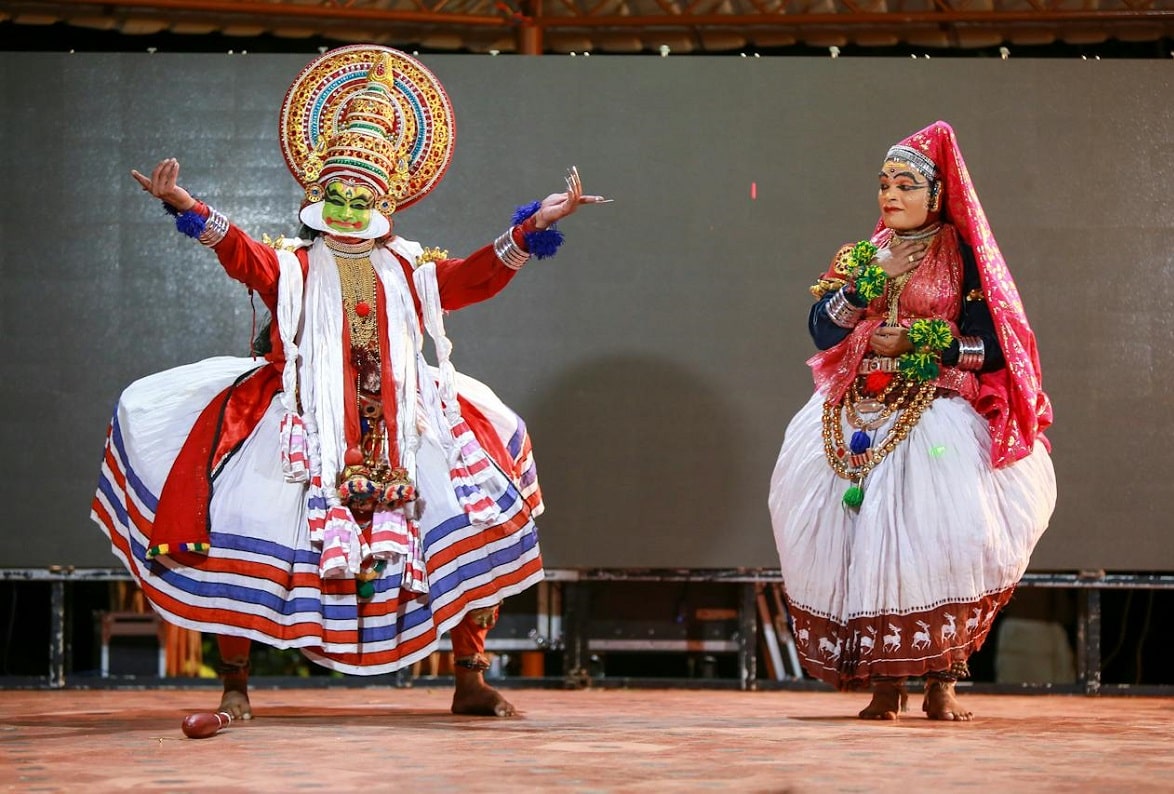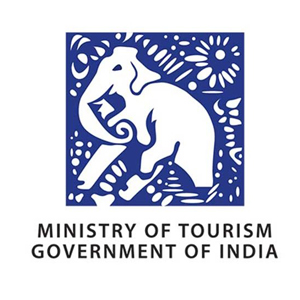India’s harvest festivals are vibrant celebrations that embody the agricultural rhythm and cultural diversity of the country. Spanning various regions, these festivals mark the culmination of the agricultural season, expressing gratitude to nature for a bountiful harvest. From the colorful and joyous festivities of Makar Sankranti and Pongal in the south to the lively Baisakhi in the north and the culturally rich Onam in Kerala, each harvest festival is a tapestry of traditions, rituals, and communal joy. These occasions bring communities together to share feasts, perform traditional dances, and partake in rituals that honor the earth’s abundance. Whether it’s the bonfires of Lohri in the north or the boat races of Onam in the south, India’s harvest festivals celebrate the symbiotic relationship between agrarian life and cultural heritage, embodying the spirit of unity, gratitude, and festivity. Explore more about Best Places to visit in India – Top Places, Cities and Tourist Attractions in India
List of Harvest Festival of India
- Pongal/Makar Sankranti:
- Celebrated in South India, particularly in Tamil Nadu and Andhra Pradesh.
- Marks the end of the winter solstice and the onset of longer days.
- Pongal, a dish made of newly harvested rice, is prepared, and traditional rituals are performed to honor the Sun God.
- Lohri:
- Celebrated in the northern states, especially Punjab and Haryana.
- Marks the end of the winter season and the beginning of longer days.
- Bonfires are lit, and people gather to sing and dance, expressing joy and prosperity.
- Baisakhi:
- Celebrated in the northern region, particularly in Punjab.
- Marks the Sikh New Year and commemorates the formation of the Khalsa.
- Fairs, processions, and traditional dances are significant parts of the celebration.
- Onam:
- Celebrated in the state of Kerala.
- A harvest festival associated with the mythical king Mahabali.
- Grand feasts, traditional dance forms like Kathakali, and the famous boat race, Vallam Kali, are integral to the celebrations.
- Nuakhai:
- Celebrated in Odisha.
- Farmers offer the first grain of the harvest to the deity as a symbol of gratitude.
- Families come together for feasts and cultural events.
- Bihu:
- Celebrated in Assam and other northeastern states.
- Marks the Assamese New Year and the beginning of the agricultural season.
- Traditional dance forms, like Bihu dance, are performed, and feasts are organized.
- Makara Chaula:
- Celebrated in the state of Odisha.
- Devotees offer the newly harvested rice, known as ‘Makara Chaula,’ to deities.
- Rituals and prayers are conducted to seek blessings for a prosperous agricultural year.
- Holi:
- Celebrated across India but particularly in North India.
- Although known as the festival of colors, Holi also has agricultural significance.
- People celebrate the arrival of spring and the harvest season with vibrant colors, sweets, and festive gatherings.
These harvest festivals symbolize the deep connection between the agrarian way of life and cultural traditions, reflecting the diversity and richness of India’s cultural tapestry.











